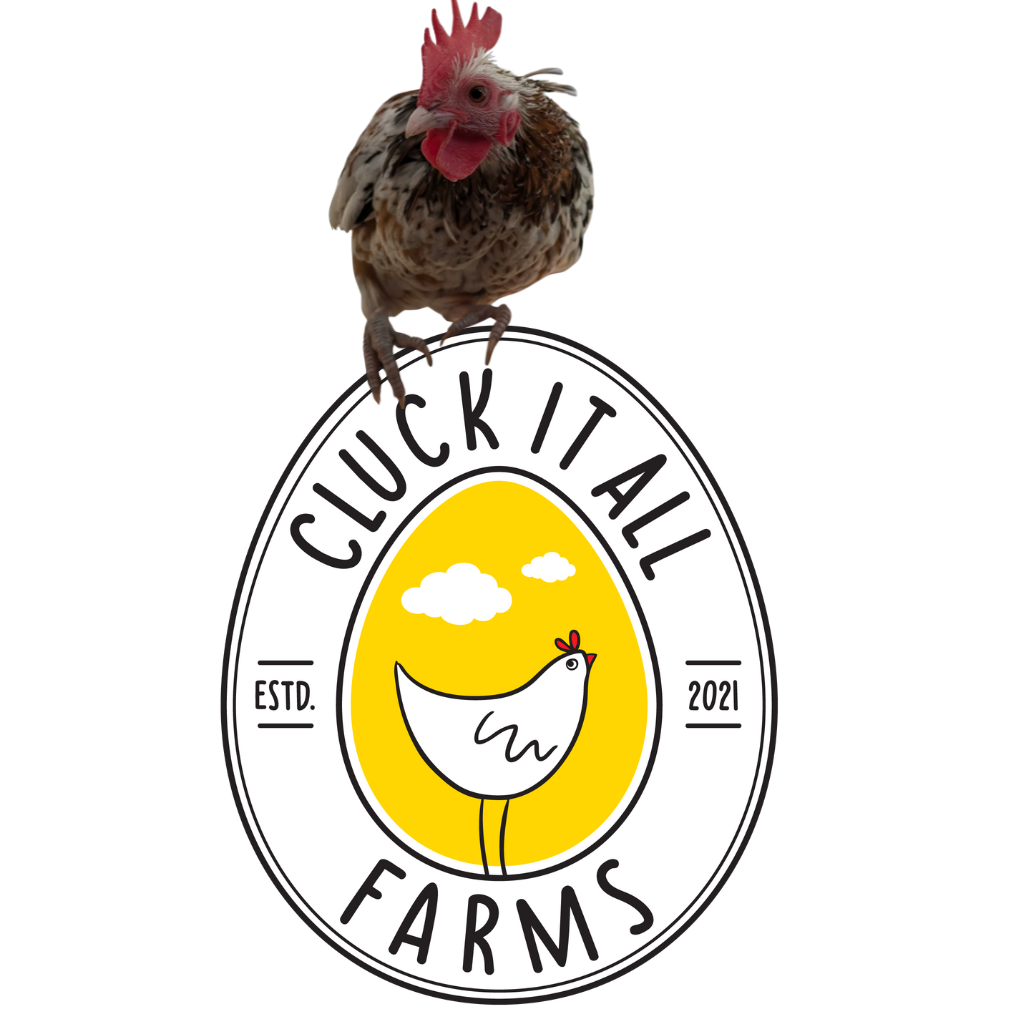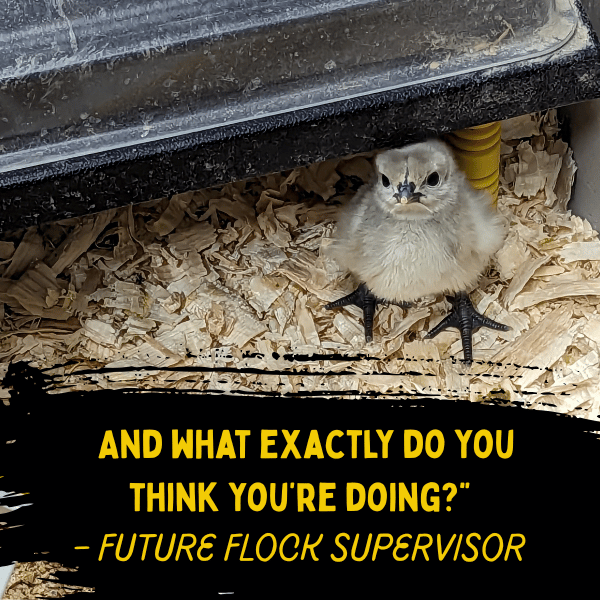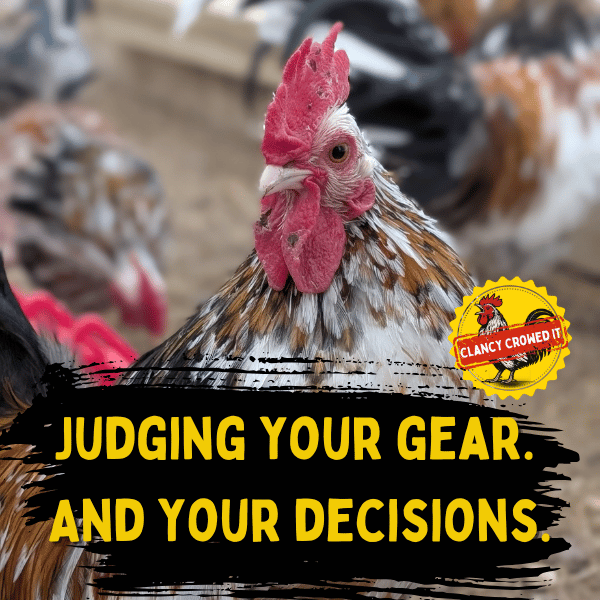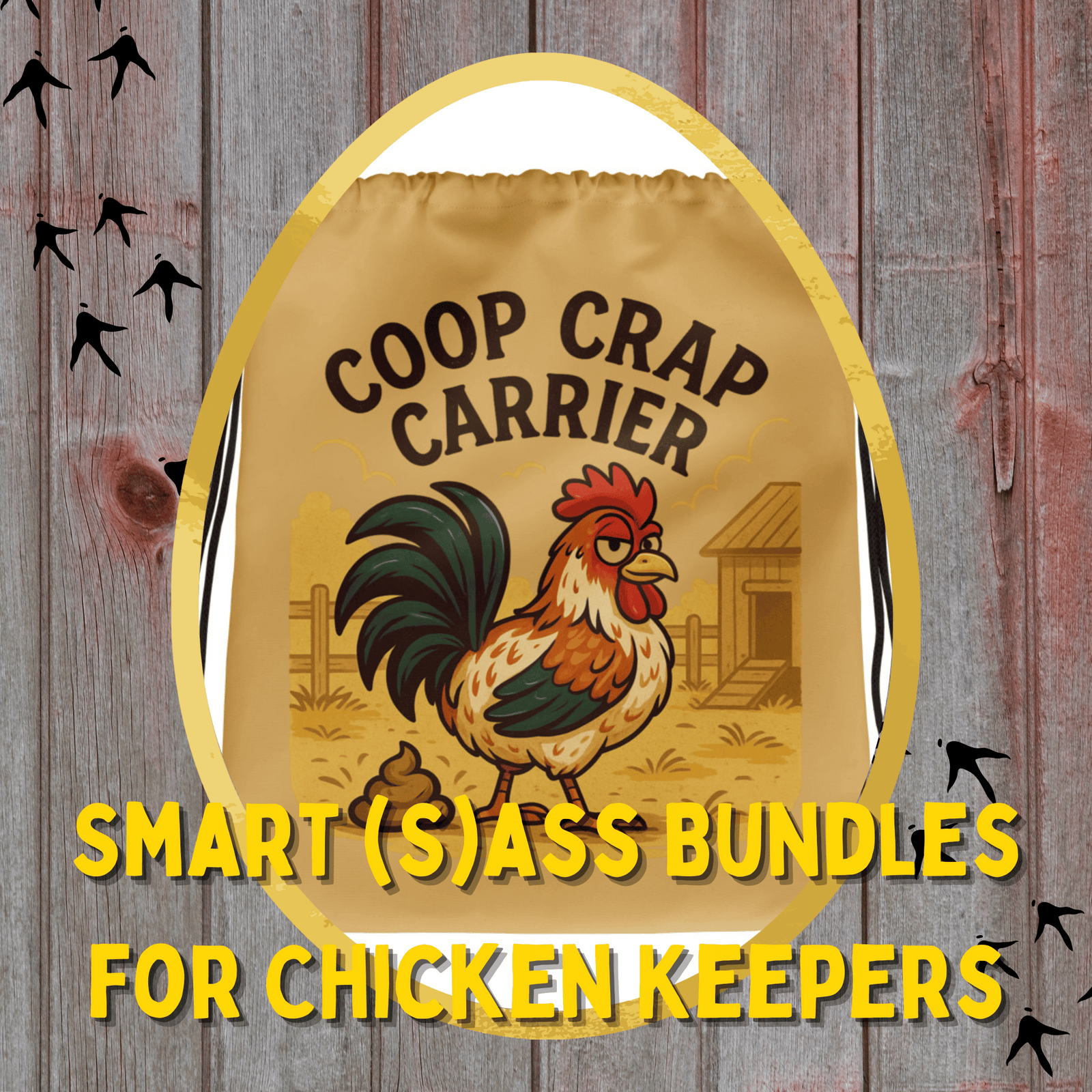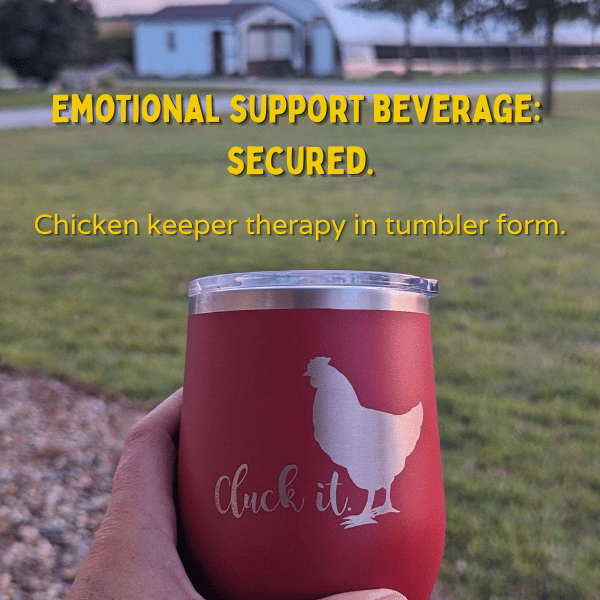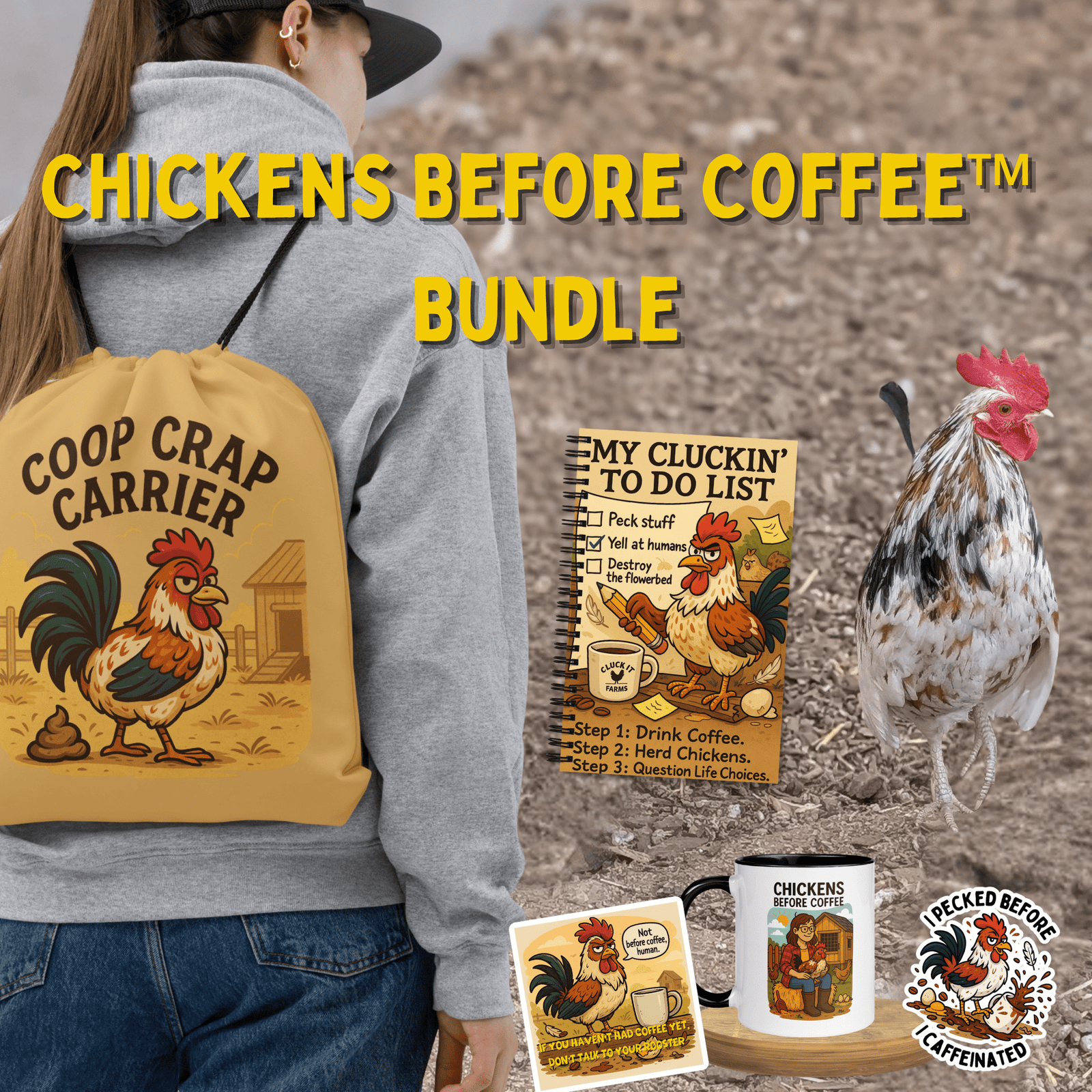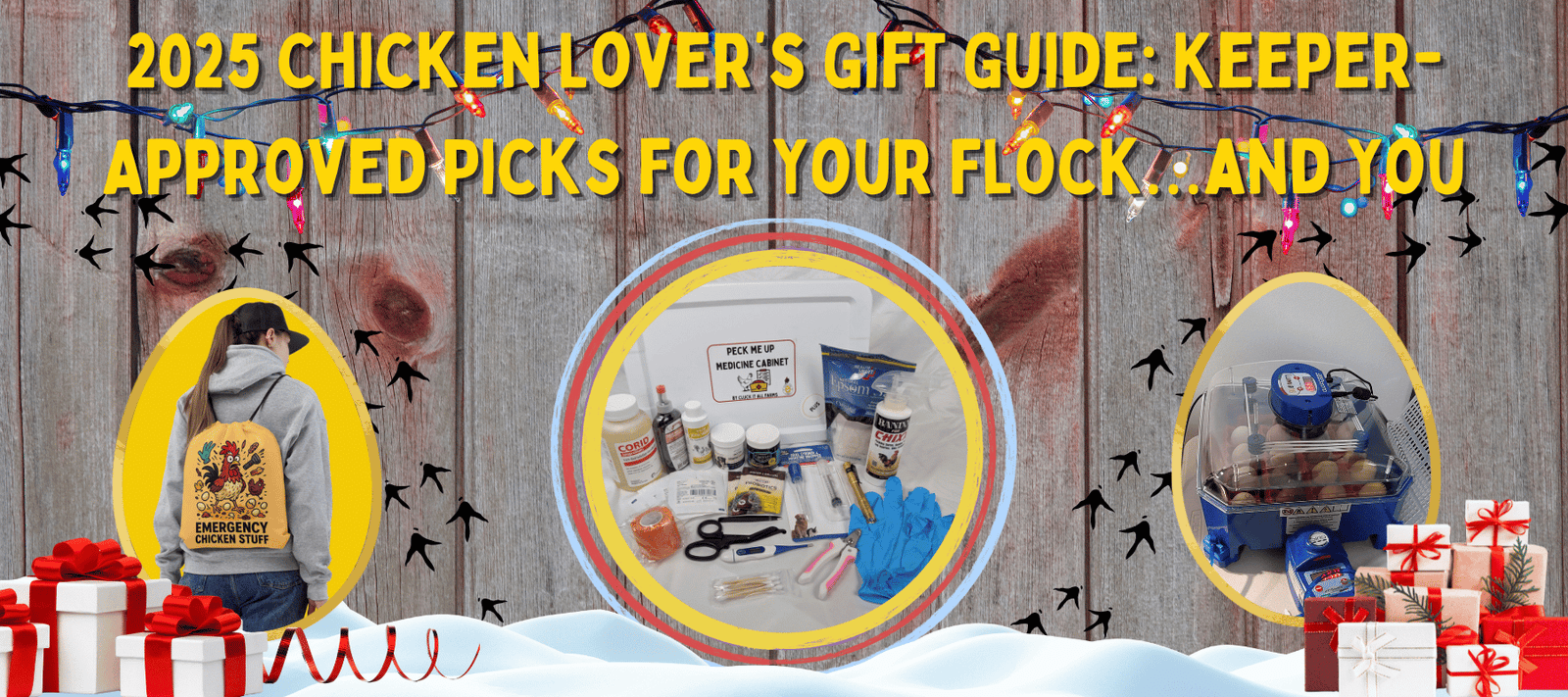Most backyard keepers panic at the word “rooster.” Add more than one, and people assume it’s only a matter of time before blood spills in the coop. But here’s the thing: bachelor flocks—groups of all-male chickens—can work. In fact, they can thrive.
Whether you’re flush with surprise cockerels, preserving rare genetics, or you just like watching a bunch of pretty boys sunbathe (we see you), a rooster-only flock isn’t a fight club—if you set it up right.
🧠 What Is a Bachelor Flock (and Why Would You Want One)?
A bachelor flock is exactly what it sounds like: a group of roosters living together without hens. It’s a setup used by preservation breeders (hi, it’s us), small farm keepers, and rooster enthusiasts who don’t buy into the idea that all extra cockerels should hit the stew pot by week 12.
Why keep one?
-
You’re raising rare breeds and can’t pair every male with a hen (responsibly, anyway).
-
You want backup roosters in case a lead male ages out or gets injured.
-
You like their looks, personalities, and sass.
-
You’re emotionally attached. (Clancy says that’s valid.)
🐓 The Science of Rooster Behavior
Let’s clear the biggest myth: Roosters aren’t naturally aggressive toward each other.
Yes, they have hormones. Yes, there’s a pecking order. But that’s not the same as constant fighting.
Roosters raised together without hens generally establish rank early and then get along just fine—especially if they’ve got space, enrichment, and enough food to go around.
Clancy Crowed It: It’s not the breed—it’s the bird. Rooster behavior is 80% personality, 20% hormones, and 0% Facebook folklore.
🏗️ Setup Tips for a Successful Bachelor Pad
You can’t just toss six cockerels into a dog crate and hope for peace. A well-designed space is the number one factor in keeping harmony.
-
Space is critical. Tight quarters = tension. Give at least 10 sq ft per bird in the run, more if you can swing it. Think pasture, not prison yard.
-
Height matters. Add stumps, ladders, low roosts, and swings. Roosters need places to jump, fly, and physically get away from each other to defuse tension.
-
Open sightlines. Avoid visual dead zones where ambushes can happen—clear run zones help them monitor each other without surprise.
-
No hens nearby. Don’t test it. Even seeing or hearing a hen can ramp up competition.
-
Multiple feed & water stations. No one gets to gatekeep the grub.
-
Bored birds brawl. Add logs, dust baths, cabbage hangers—anything to keep their brains busy.
Pro Tip: If there’s drama, rearrange the run layout. Roosters settle down fast when their environment shifts and everyone’s a little confused.
⚠️ Normal Pecking Order vs. Real Aggression
Roosters will scuffle. It’s part of their social dynamic.
What’s normal:
-
Chest bumping
-
Low growls or circling
-
Minor feather loss
What’s not okay:
-
Blood drawn more than once
-
Repeated targeting of a weaker bird
-
Chasing with intent to harm, not warn
Tip: A squirt bottle or time-out pen can work wonders without escalating tension.
💣 Myths We’re Putting to Rest (Clancy Crowed It Style)
-
Myth: “Some breeds are naturally mean.”
Clancy Crowed It: Nope. Temperament is individual, not genetic destiny. -
Myth: “Bachelor flocks always fall apart at maturity.”
Clancy Crowed It: Only if you don’t manage them. Set it up right, and they can live together for years. -
Myth: “Roosters need hens to be happy.”
Clancy Crowed It: What they need is space, peace, and snacks. The end.
🐓 Real Life: Clancy’s Bachelor Pad
Clancy, our sassy little Olandsk Dwarf, currently lives in a bachelor pad. Why? Because he's feisty, fabulous, and honestly… it’s what works for him. Tina’s got three separate bachelor flocks right now—because sometimes you just want to hang out with the boys, drink your tea, and watch the drama unfold without actual drama.
Keeping extra roosters “just in case”? That’s not hoarding. That’s planning ahead. And we support it.
🧠 Bonus: How to Reintroduce a Rooster to a Bachelor Flock
Had to pull a rooster out for recovery, travel, or a short isolation? Don’t just plop him back in and cross your fingers.
Here’s how to reintroduce without reigniting a coop war:
-
Use a see-through barrier first. Dog crate, wire pen, or temporary divider. Let the flock get used to his face again.
-
Reintroduce during dusk. Everyone’s sleepy, it’s low light, and the “who’s who” radar resets overnight.
-
Disrupt the space. Toss in new branches, move feeders, change the layout. Everyone re-establishes territory at the same time.
-
Watch for bullies. A bit of chest bumping is fine. Chasing, cornering, or feather-pulling? Step in.
Clancy Crowed It: “Roosters don’t forget—they just forgive easier when they’re confused and full of snacks.”
💡 Final Thoughts (and a Kit Coming Soon)
Bachelor flocks aren’t second-best. They’re intentional, ethical, and—when done right—way more peaceful than you’d think. Whether you’re building your first one or tweaking your current setup, don’t let the Facebook fear-mongers steer you off course.
Stay tuned for a CluckKit™ Companion coming soon: a no-fluff rooster flock setup kit with everything from enrichment ideas to space calculators. Because your roosters deserve better than the stew pot.
